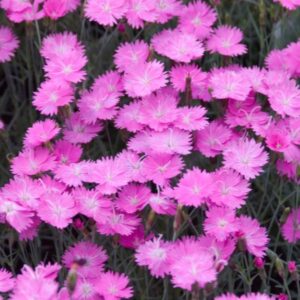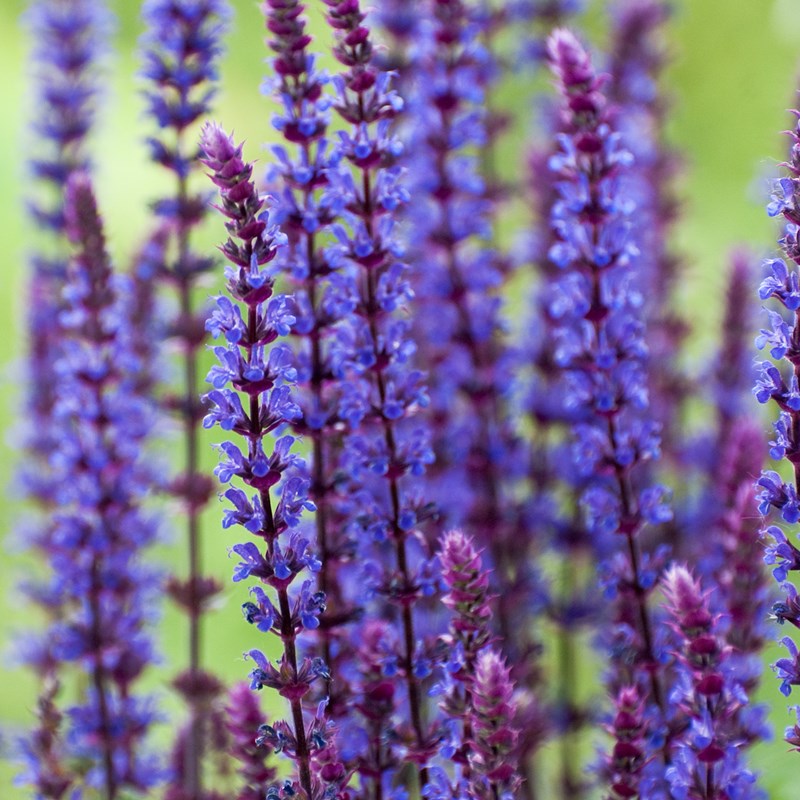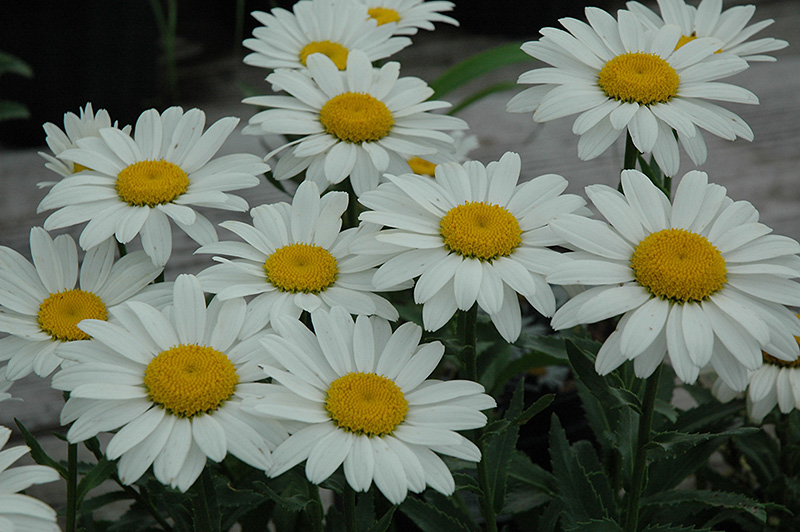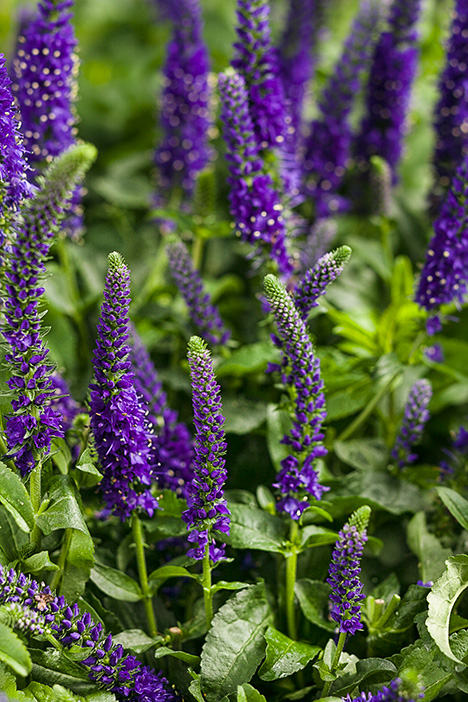Description
 Dianthus Firewitch
Dianthus Firewitch
Border Pinks
USDA Zone: 3-9
A selection of the Border Pinks, a group of Dianthus that are a favorite for planting in rock gardens or using as a border edging. This outstanding variety forms a low clump of grassy blue-grey foliage, with a long summer display of fragrant single magenta-pink blooms. Shear plants back lightly after blooming to maintain a tight, compact habit. Plants require good drainage and are an excellent choice for hot dry sites or gravelly soils. Combines beautifully with other low alpine plants. Attractive to butterflies. Evergreen. Selected as the 2006 PERENNIAL PLANT of the YEAR.
Sun Exposure Full Sun
Soil Type Normal or Sandy
Soil pH Neutral or Alkaline or Acid
Soil Moisture Dry
Care Level Easy
Flower Color Deep Pink
Blooming Time Early Summer Mid-Summer
Foliage Color Blue Grey Green
Plant Uses & Characteristics
Accent: Good Texture/Form Alpine & Rock
Attracts Butterflies Attracts Hummingbirds
Border Containers
Cut Flower Deer Resistant
Drought Tolerant Edging
Evergreen Fragrant
Flower Head Size Small
Height 6-8 inches
Spread 8-12 inches
Foot Traffic Light
Growth Rate Slow




Reviews
There are no reviews yet.